UV-C Is Gradually Replacing Conventional Processing Techniques To Create New Prospects For The Food & Beverage Processing Industry
According to estimates, one in ten individuals throughout the world get sick every year after eating tainted food. Foodborne illnesses caused by unclean food can endanger human health and welfare, but they can also have a knock-on impact that slows socioeconomic development by taxing healthcare systems and limiting economic expansion. For these reasons, it is crucial to make sure that food and drink items are manufactured, handled, and packed in a safe and hygienic way, as far as food producers are concerned.
UV-C can mitigate dangerous pathogens
UV light has significant promise in food processing given the rising public backlash against chemicals added to meals. UV irradiation enjoys a favorable reputation among customers as a physical preservation technique. When bacteria are exposed to it through lamps, it destroys or alters their DNA, reducing their capacity to grow and spread. UV-C is already being utilized as a substitute for conventional heat processing for a number of food safety applications, such as pasteurizing juices, treating surfaces that come into touch with food to extend the shelf life of food products, and eliminating germs on the meat surface.
Successful in lowering Listeria and E. coli
One research found that UV light processing can increase the safety of selected solid and liquid meals without substantial loss in quality or nutritional content as a result of recent breakthroughs in UV-C light science and engineering. In recent research, Listeria mono was used to inoculate pork tenderloin samples. The results showed that UV-C treatment significantly reduced the number of Listeria mono, with an average reduction of 2.23 log colony-forming units (cfu) per 100 ml. While another study indicated that the technique had a beneficial effect on lowering the amount of E. coli in chicken breast samples.
Bright future in disinfection of beverages and liquid
The levels of microbial contamination for a variety of liquids and beverages can be significantly reduced by UV light. Liquid foods like fresh juices and drinks transmit UV light comparatively inefficiently because of the presence of colorants, organic solutes, and suspended materials. This low transmission reduces the effectiveness of UV pasteurization methods. Fresh juices have a much greater absorbance than water, according to a comparison of absorption coefficients (Figure 1). Juices containing pulp and those that are clear also have vastly different absorbance and turbidity levels. Compared to orange juice, which can have higher absorbance, clear apple juice has a modest absorbance. The juices also varied in pH and Brix (soluble solids concentration), as well as viscosities
This implies that in order to reach the necessary pasteurization criterion of a 5-log10 reduction in the quantity of the target pathogen of concern for fresh juices, a combination of physical and nutritional features, such as liquid density and viscosity, vitamin C content, must be taken into account. To obtain the necessary degree of inactivation, bacteria should be exposed to UV light for a significant amount of time or stay in the UV reactor.
UV-C technology has a positive consumer image
UV-C light that we use as a germicide due to its specific wavelength’s (200 – 280 nm) effectiveness at inactivating microorganisms – making it ideal for decontamination applications in the food and beverage industry. Generally speaking, UV-C is regarded as a relatively non-invasive form of food sanitation when compared to other food processing technologies that alter the genetic content or structure of food items. UV irradiation has been considered to have strong consumer sentiment since the FDA and USDA approved it as a secure alternative to heat pasteurization. The findings of a four-year study examining the impacts of six novel food processing technologies and customer perceptions of them among consumers were recently released by the food research institute Nofima. Nofima identifies two significant benefits of UV-treated items by examining survey and consumer research findings. The first benefit relates to the advantage of minimizing food waste during processing, while the second permits the preservation of the nutritional value and quality of items processed using this technology, hence lowering the frequency of product recalls and correspondingly lowering needless costs as well as enhancing the reputation of the product.
UV light irradiation is now a feasible alternative for commercial use in food processing thanks to recent achievements in the science and engineering area. Selected solid and liquid meals can be made safer by the use of UV light processing, with little to no loss in nutritional value or quality. UV light has the potential to be used as a nonthermal substitute for conventional thermal processing for the pasteurization of juices and beverages, as a post-lethality treatment for microbial contamination control on meat and shell egg surfaces, and as a way to extend the shelf life of fresh produce. However, additional study is required in a number of areas, including enhancing the inactivation efficiency of beverages with varying contents and nutrients and data studies on various bacteria, in order to increase the usefulness of UV light in food applications. The success of UV light in food processing may be helped by research in the aforementioned fields, which can also help to increase interest in non-thermal technologies and guarantee that UV light is efficient for microbial inactivation.
Written by Pathologist, Yuqi "Christy" Ouyang BMedSci
References
https://insights.figlobal.com/food-safety/ultraviolet-light-food-processing-guide-manufacturers
https://uvsolutionsmag.com/stories/pdf/archives/100403Koutchma_Article.pdf


